Why Verizon Killing 2-Year Contracts Is Bad for Apple
Verizon's new, simpler plans may be a headache for big brands.
 Credit:
Reviewed.com / Chris Thomas
Credit:
Reviewed.com / Chris Thomas
Products are chosen independently by our editors. Purchases made through our links may earn us a commission.
Last Friday, Verizon quietly dropped a bombshell on the wireless industry, announcing that it would no longer offer customers two-year service contracts and heavily subsidized smartphones. The move has been widely hailed as a way to make purchasing a smartphone more transparent, as customers will have to either buy new phones outright, or split the cost into monthly installments.
But this new, simpler pricing structure has already created plenty of confusion—and it could create some headaches for high-end smartphone makers. If people are more conscious that their $200 phone really costs several times that amount, will they stick with more expensive flagship phones? Or will they flock to low-cost devices from manufacturers willing to live with smaller margins?
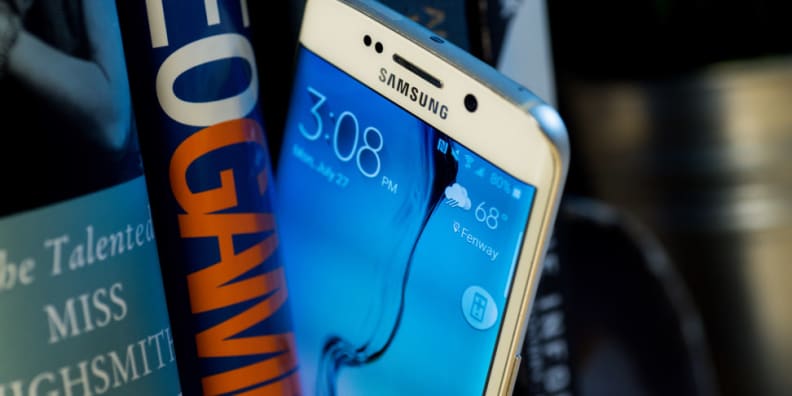
Samsung may run into even more problems with the S6, as there are tons of affordable, excellent Android-powered phones.
The problem is, American shoppers have been sold the idea that an Apple iPhone or Samsung Galaxy costs between $100 and $400. Even Apple plays the game: When it revealed the iPhone 6 last year, it trumpeted prices ranging from $199 to $399. The words "Two-Year Contract" were tacked on below, almost as an afterthought. Apple's site doesn't even mention contracts when it lays out the same prices.
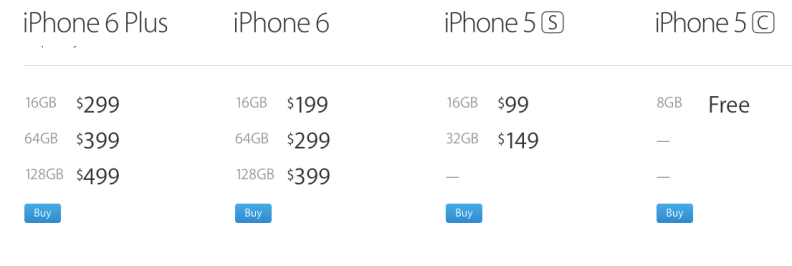
Even Apple.com lists the carrier-subsidized prices, creating the impression that iPhones are much cheaper than they really are.
Subsidized phones have become so ingrained in the consumer consciousness that most people don't know what an iPhone actually costs. Despite the up-front "discount" you get for committing to a provider, the truth is that you almost always pay the rest of the cost (and then some) in the form of fees and surcharges.
So why all the games? Because when you think that you're only paying $200 for the iPhone, you're less inclined to consider other options that actually cost $200. Though Verizon's CDMA network limits your choice of unlocked phones, we've seen plenty of low-cost, high-performance devices like the $200 Motorola Moto G. But even if you can get phones like this for "free" with a two-year contract, most people will opt for the apparently only slightly more expensive iPhone.
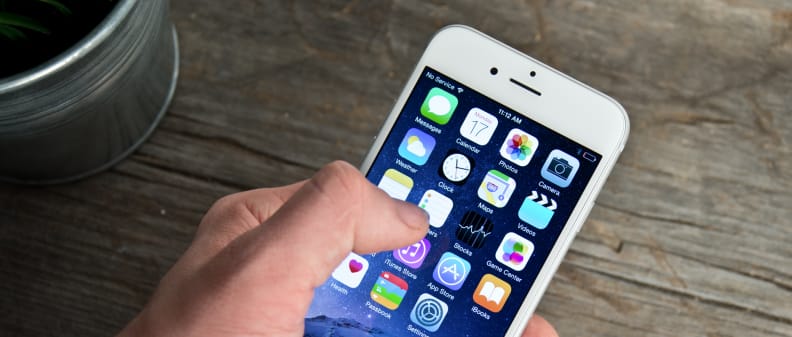
If consumers know they have to pay the full retail price of the iPhone, will they remain committed to iOS?
With Verizon's new plans, an iPhone either has to be purchased up front ($649.99 to $849.99, depending on storage), or broken up into 24 monthly payments of about $27 to $35 each. You'll also have to pay $20 per month, per line, for unlimited talk and text, and then pay again for a pool of mobile data. The data packages will come in four sizes:
{{amazon name="Samsung Galaxy S6, Black Sapphire 32GB (Verizon Wireless)", asin="B00V7FXCZ2", align="right"}}
- Small: 1GB, $30 per month
- Medium: 3GB, $45 per month
- Large: 6GB, $60 per month
- Extra Large: 12GB, $80 per month
While this new pricing structure should save most current Verizon customers money and clarify confusion around charges and fees, it could be a mixed blessing for manufacturers of high-end phones.
On the one hand, the apparent cost of entry for top-tier phone ownership has never been lower. With no activation fees, you'll be able to walk into a Verizon store and walk out with a new iPhone 6 Plus or Galaxy Note 4 with no money down.
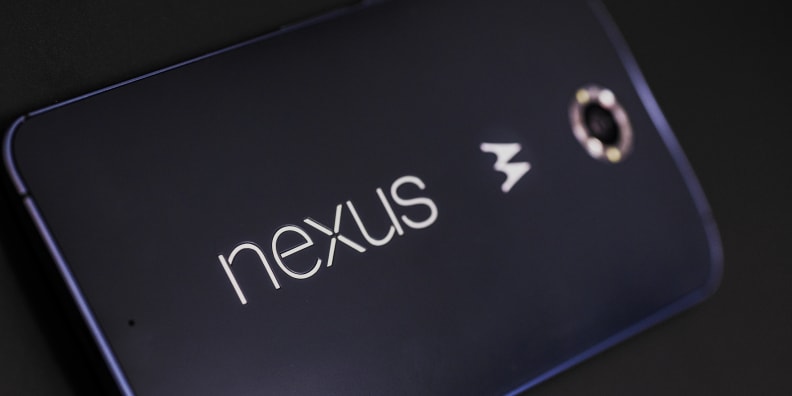
Google's Nexus program might benefit greatly from these new pricing plans, as they tend to be much cheaper than other flagship phones.
On the other hand, for consumers on a tight monthly budget, the lower cost—whether monthly or up-front—of a Motorola Moto X or last-gen iPhone 5c could be too good to pass up.
{{amazon name="Motorola Moto X - 2nd Generation, Black Resin 16GB (Verizon Wireless)", asin="B00NO2WXM4", align="right"}} Let's take the "Medium" plan above as an example. If you get a new iPhone, you're looking at $80 per month: $20 for the privilege of having a smartphone, $30 for the mobile data, and $30 for the phone itself. That's not unreasonable, but some might be tempted to just pick up a pretty good $300 or $400 phone and pay a mere $50 per month, instead.
Customers who go this route will save every month, and won't owe anything to Verizon if they decide to leave for another carrier. If they opt for monthly payments on a new phone instead, and later find they want to ditch Verizon, they'll have to pay the remaining balance on the phone. It's not as devious as the old "Early Termination Fee," but the effect is the same.
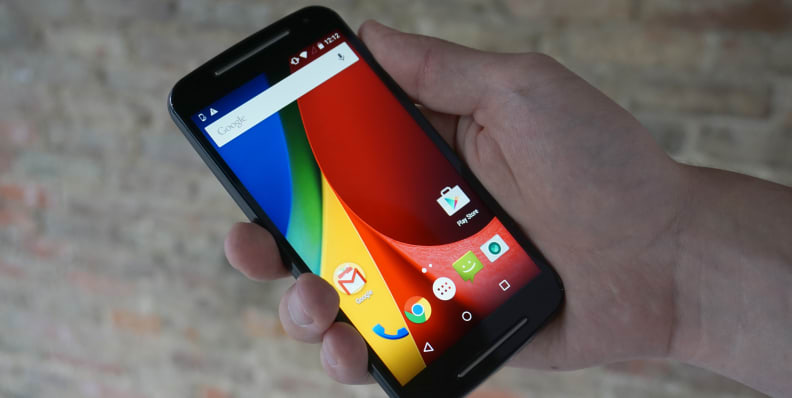
Motorola's Moto G is a particularly interesting option, as you can have a low monthly bill and a very nice little smartphone for less than $200.
But even in the latter scenario, Verizon's move is a win for consumers. It will help most shoppers save some money, doesn't lock them into a long-term contracts, and takes some of the guesswork out of purchasing a new phone. It's also entirely optional for existing Verizon contract customers, according to the AP, though there is very little reason for anyone to stick with the old subsidized sales model.
Ultimately, Verizon's move to finally end two-year contracts is a sign that the times are changing. The company may have been backed into this corner by aggressive rivals like T-Mobile and allegations of deceptive billing practices, but the whys don't really matter for consumers. While Verizon's plans are getting simpler, life for Apple, Samsung, and other big brands just got a whole lot more complicated.
(Editor's Note: This article was updated to correct an error with regards to Verizon's new pricing. We regret the error.)
Related Video
{{brightcove '4381856983001'}}
